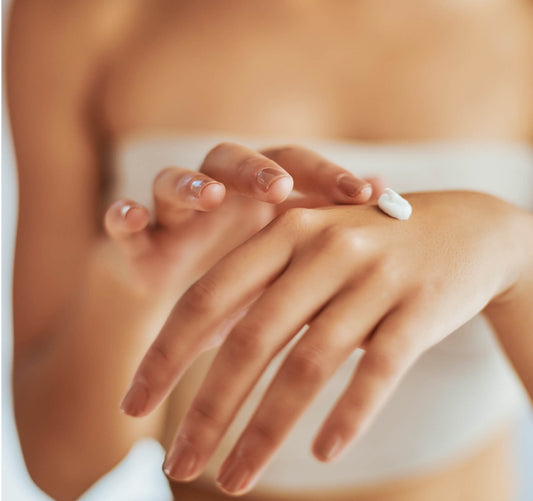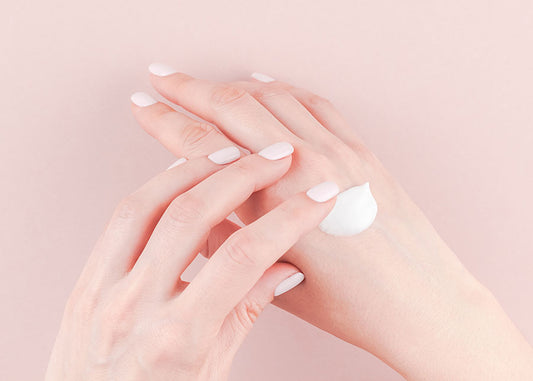Now that the weather is warmer, it’s time to get outdoors with your friends and family and have some fun. As the days get warmer, many of us will be reaching for our favorite sunscreen. We want to keep our skin beautiful, and healthy. We feel the need to protect ourselves from the sun’s rays. But many of us have the wrong idea about the sun and we aren’t really sure how sunscreen helps protect us. So let’s debunk a few myths as we prepare for another enjoyable summer season.
Is Sunlight Bad for Us?
For years now, we’ve all heard that sunlight can damage our skin and that is true to a point. But actually, the sun has some good things to offer. For one, it’s our major source of vitamin D. It feels so good to get outside and experience the warmth of the sun after a long winter, doesn’t it? But can we get too much of a good thing? The key to this answer is common sense and moderation.
There are at least a dozen diseases associated with low vitamin D levels. In this article by Ryan Raman, MS RD, he explains that over 40 percent of all Americans are suffering due to the fact that they don’t get enough sunlight. Low vitamin D levels have been linked to a number of serious illnesses including:
- Certain types of cancer
- Osteoporosis
- Depression
- Muscle weakness
- Insomnia
In addition, vitamin D is not readily available in many of the foods we eat. In fact, there are only a few foods that provide higher levels of vitamin D and we would need to eat them every day to get enough. These foods include egg yolks, canned tuna, swordfish, beef liver, sardines, cod liver oil, and salmon. Don’t know about you, but I couldn’t eat canned tuna on a daily basis!
Lack of sunlight can also affect our hormones. Studies have found that exposure to sunlight offers a number of excellent benefits. Sunlight stimulates the production of a hormone called melatonin. This hormone controls our sleep cycles, our appetite, our body clock, and our sex hormones. This is one of the reasons why so many people now suffer from insomnia. We’re simply not getting outside enough and getting an ample amount of vitamin D from sunlight. This can not only cause insomnia, but it can also cause an interruption to our internal body clock.
How Much Sunlight Do We Need?
So let’s talk about how much sunlight we need for good health. For most of us, getting outside for 10-20 minutes a day is perfect. You could spend some of that time in the shade and some of it in direct sunlight. If you wear sunscreen while out there, then you won’t get as much of the sun’s UV rays. There’s a happy medium where we’re getting a healthy amount of sun, but not so much that it damages our skin.
(For more information on shade versus sun, see my blog Are You Ready for Summer?)
Best Time of Day to Get Sun
Is there an optimal time of day to get sunlight on your skin? Actually, it turns out that there is. For best results, expose your skin around midday. The sun is at its highest point around noon each day. This is when the UVB rays are most intense. You won’t be required to stay outside in the sunlight as long during this period. Some studies have determined that going outside for only 13 minutes during midday for three times a week is enough to get your required amount of sunlight so your body can produce adequate vitamin D.
Another study found that in Oslo, Norway—which by the way is pretty far north and quite cold most of the year—it only takes 30 minutes of midday summer sunlight to get ample amounts of vitamin D (10,000-20,000 IU). The recommended daily dose for most adults is only 600 IU. Some studies have pointed to the fact that midday sun is safer than afternoon sunlight. Afternoon sun exposure may increase your risk of skin cancer.
Is Sunscreen Effective at Protecting Your Skin against the Sun’s UV Rays?
If you’re going to be outside for an extended period of time, then sunscreen is a good idea. It will prevent you from getting vitamin D but it does offer some protection against harmful UV rays. If you’re going in and out of the water at a pool or the lake, then you’ll have to reapply sunscreen several times throughout the day. Even if you’re just out in the sun sweating—while mowing the grass or gardening, the sweat can wash away your sunscreen.
One major problem with sunscreens is that they contain hormone-disrupting chemicals that interfere with the body’s own hormones. Since your skin is your body’s largest organ, it will readily absorb the creams, lotions, makeup, sunscreens and other products you put on it. That makes it imperative to check out the ingredients on the product label of these types of products. Without realizing it, you could be causing your own hormonal fluctuations. One common hormone disruptor in sunscreen is oxybenzone.
I recommend using a sunscreen formulated with 100 percent zinc oxide. It will cause fewer allergic reactions and it does a good job of blocking UV rays. I do enjoy using Primal Life Organics my natural product summer favorite.
In a video I recorded on sun protection, I discuss a number of these issues, so please check it out for more information.
From all the staff here at Drannacabeca.com, we wish you the best summer. Get outside and have some fun, but do be aware of all safety precautions issued by your local health officials. Let’s have an amazing but safe summer!



